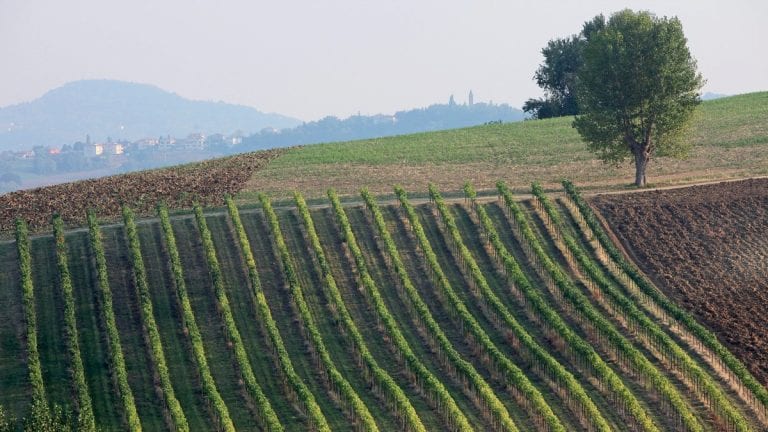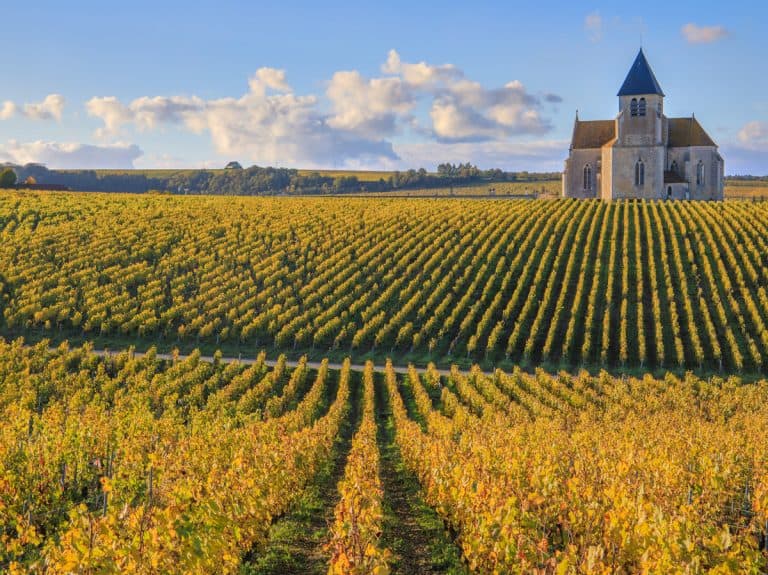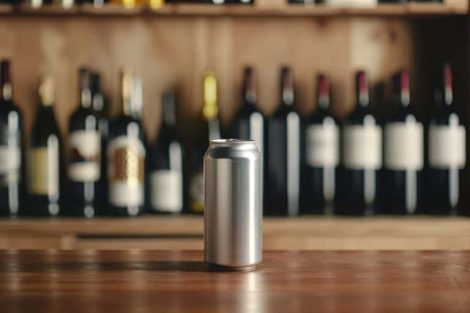The project
Terre Riminesi del Sangiovese. This is the project that the winery has been carrying out for the past 10 years. Everything is based on the main grape variety of Romagna, but everything starts well before the wine-making process. Through zoning, the different terroirs on which the vineyards stand have been identified, in order to create different wines, a true example of territorial differentiation. An ambitious operation, carried out in harmony with the grape growers who have always entrusted their grapes to the cellar. "The company has a cooperative matrix - says Elena Piva, marketing manager of the Rimini company - and was born in the late 1950s. Since 2011 the winery has implemented a project on Sangiovese and its various terroirs. In the past the great extension of the vineyards led to winemaking that was based solely on the grape variety. Now, on the other hand, it's based on the different territories and this leads to the enhancement of the varieties, starting from Sangiovese. We analysed the differences in soil, altitude and distance from the sea and thus identified three terroirs. Sangiovese represents over 70% of our production and it is incredible how different the various expressions from the same vine can be."
One area is Coriano along with the hinterland between Rimini and Riccione. Here dark clays dominate, we are on average 80 meters above sea level. It's the area where Sangiovese di Rimini is most present: "The wines are powerful and austere - continues Elena - they have body and structure and require long aging. Another area is San Clemente and Gemmano. Here we find ocher-coloured clays, but also chalky soils, the highest hill reaches 170 meters, the wind is more direct, given the altitude, and the Sangiovese born here is less powerful, but with very marked red fruits."
The third area, the smallest, refers to the municipalities of Verucchio and Torriana, the soils are rich in sand, limestone and chalk, the highest areas reach 300 meters above sea level: "We are more distant from the sea, but for this reason, breezes are the most effective, it's the coldest area, with large temperature fluctuations, and this is also evident from the bunch: the grape has the thinnest skin, despite the fact that the clone used is always the same. The wines have a subtle, fresh, elegant register, more floral than fruity, and the mouth is always taut, slightly salty, and deep.
For many years - concludes Elena Piva - Sangiovese with these characteristics was considered minor, but in fact it's simply different. All of Rimini's viticulture has begun to change and evolve also thanks to this project, and it is no coincidence that a recognition intended for the sub-areas in the Denomination is being examined by the ministry. Redevelopment of the territory comes through an authentic project that changes the way the old cooperative used to operate. The agronomists work closely with the partners, all the vineyards have been remapped and this has allowed us to understand what to obtain from one area or another."
The wines
Let's start with Romagna Sangiovese Sigismondo (awarded twice with Tre Bicchieri, their 2016 and 2017 vintage). It is a label that is over thirty years old and is dedicated to Sigismondo Pandolfo Malatesta, a great patron of the arts in Rimini. The red that bears his name is the fruit of the grapes that come from Coriano: it is powerful, austere, with good tannins, rich in structure and a savoury finish. The Romagna Sangiovese I Diavoli, on the other hand, comes from San Clemente. Its name refers to the Gemmano area, where the Onferno nature reserve is located, known for the presence of karst caves and one of the largest bat colonies in Europe. In the past it was known as "Inferno" for the rising of water vapours from the underlying caves and hence the name I Diavoli ('devils,' Ed.). The wine offers many fruity notes and light sensations of spice, the balance between power and elegance is guaranteed by an acid-savoury vein and tannin is very soft. The third wine, which comes from the third terroir, Verucchio and Torriana, is Romagna Sangiovese Tre Miracoli (Tre Bicchieri in the 2018 version). The name refers to the passage of Saint Francis of Assisi in the territories of the upper Valmarecchia. This is a wine with greater acidity, leaner and more subtle than the other two, with an aromatic component played on floral accents and a marked savour in the finish.
Le Rocche Malatestiane in Italy and around the world, today and tomorrow
"We are present in various countries, from England to the United States, from Japan to China and then again in Switzerland, France, Germany and Northern Europe. In some countries the territorial project, which is expressed through the Terre dei Malatesta line, was very popular and the results, including commercial ones, are evident. In Italy we are historically present in the region and a first change is clear especially in summer. During which white wines normally dominated, paired with the gastronomy of the Romagna Riviera, some reds are starting to be paired effectively, especially the more subtle and elegant Sangiovese (such as the Tre Miracoli, for example). Served cool at 14°C these wines are capable of enhancing seafood dishes." Fish? "Yes, that's correct - Elena nods - oily fish and Sangiovese, it's not just a slogan but an on-point pairing." Seeing is believing.
by Giuseppe Carrus


 Burgundy’s resilience: growth in fine French wines despite a challenging vintage
Burgundy’s resilience: growth in fine French wines despite a challenging vintage Wine promotion, vineyard uprooting, and support for dealcoholised wines: the European Commission's historic compromise on viticulture
Wine promotion, vineyard uprooting, and support for dealcoholised wines: the European Commission's historic compromise on viticulture A small Sicilian farmer with 40 cows wins silver at the World Cheese Awards
A small Sicilian farmer with 40 cows wins silver at the World Cheese Awards Women are the best sommeliers. Here are the scientific studies
Women are the best sommeliers. Here are the scientific studies Where to eat at a farm stay in Sicily: the best addresses in the Provinces of Trapani, Palermo, and Agrigento
Where to eat at a farm stay in Sicily: the best addresses in the Provinces of Trapani, Palermo, and Agrigento






